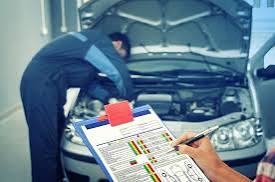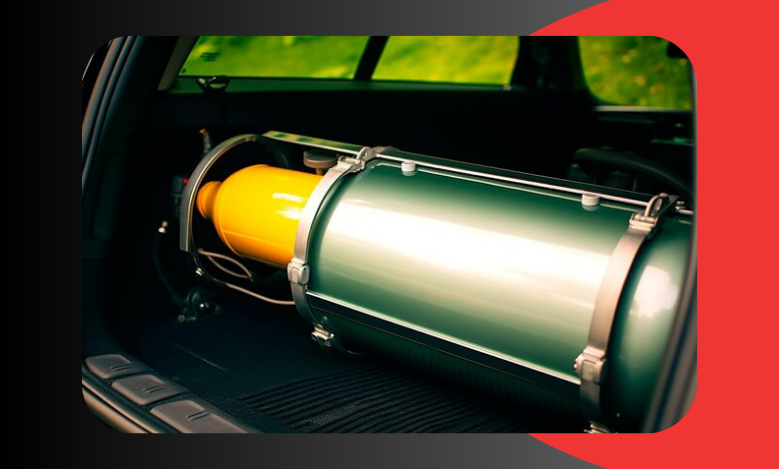Imagine waking up to the sound of birds chirping, the sun peeking through your window, and stepping out into nature. No noisy neighbors, no rush-hour traffic—just the freedom to choose where you’ll call “home” for the day. That’s the dream for many who’ve swapped traditional living for life on the road in an RV.
While it might seem like an endless vacation, full-time RV living comes with its own unique challenges and rewards. This guide dives into what you need to know about embracing a mobile lifestyle and how to make it a reality.
Can You Live Permanently in an RV?
Yes, you can live permanently in an RV, but there are some key considerations:
- Legal Domicile: You need to declare a state of residence for voting, taxes, vehicle registration, and receiving mail. Popular states for full-time RVers include Florida, Texas, and South Dakota due to their RV-friendly regulations and tax advantages.
- State and Local Regulations: While no federal law prohibits full-time RV living, local rules can vary. Some RV parks limit how long you can stay, and boondocking (camping on public land) may have time restrictions.
- Healthcare and Connectivity: Regular access to healthcare, reliable internet, and vehicle maintenance are critical for full-time RV living.
Pros and Cons of Living in an RV
Pros
- Freedom to Travel: Your home is mobile, giving you the flexibility to explore different places at your pace.
- Cost Savings: RV living can be cheaper than traditional housing, with savings on rent and utilities.
- Minimalist Lifestyle: Limited space encourages decluttering and focusing on essentials.
- Closer to Nature: Wake up to stunning landscapes and easy access to outdoor adventures.
- Community: Join a close-knit group of RVers who share your lifestyle.
Cons
- Limited Space: Adapting to smaller living quarters can be tough, especially when it comes to storage.
- Regular Maintenance: Your RV requires consistent upkeep, from vehicle maintenance to plumbing.
- Lack of Stability: Full-time RV living can sometimes feel unstable, with no permanent home base.
- Connectivity Issues: Maintaining reliable internet in remote areas can be challenging.
- Weather Vulnerability: Extreme weather conditions can make RV living uncomfortable or even dangerous.
How to Prepare for RV Living
1. Choose the Right RV
The type of RV you choose will depend on your needs. Common options include:
- Class A Motorhomes: Large, luxurious, but expensive.
- Class B and C Motorhomes: Smaller, more compact, and easier to drive.
- Fifth Wheels/Travel Trailers: Towable and allow you to detach your vehicle for easier exploration.
Consider how much space you need, the terrain you plan to explore, and how comfortable you are driving or towing a larger vehicle.
2. Downsize and Simplify
You’ll need to pare down your belongings. Focus on essential items like clothing, kitchenware, and outdoor gear. Efficient storage solutions, such as collapsible containers and space-saving gadgets, will make your RV life more manageable.
3. Establish a Domicile
You’ll need a legal address for tax purposes, voting, and mail. Many full-time RVers choose states like Florida, Texas, or South Dakota for their favorable tax policies and RV laws. Services like mail forwarding can help ensure you receive important documents.
4. Plan Your Finances
Though RV living can be more affordable than a traditional home, it’s crucial to plan a budget. Consider these expenses:
- RV payments (if financed)
- Insurance
- Fuel and campground fees
- Maintenance and repairs
- Food and utilities
Also, set aside a fund for emergencies, like breakdowns or health issues.
5. Prepare for Power and Water Needs
Managing power and water efficiently is crucial when living in an RV. Most RVs use a combination of shore power (from RV parks), solar panels, and propane for energy.
- Solar Power: Consider installing rooftop solar panels or using portable panels like the Anker SOLIX PS200 Portable Solar Panel for off-grid power. Solar setups provide renewable, eco-friendly energy that’s essential for boondocking.
- Water Tanks: You’ll need to manage fresh, grey (sink), and black (toilet) water tanks. Invest in a reliable filtration system and plan for regular dump station visits.
6. Research RV Parks and Campgrounds
Not all RV parks are created equal. Some offer full hookups (electric, water, and sewer), while others provide only basic services. If you prefer boondocking, research public lands where you can camp for free or with minimal fees.
7. Plan Your Route, Stay Flexible
Plan your routes based on your destinations of interest but be flexible. Mechanical issues, weather, or campground availability may require you to change course. Use RV travel apps to find campsites, fuel stations, and other essential stops along your route.
8. Stay Connected
A reliable internet connection is critical, especially if you work remotely. Mobile hotspots, satellite internet, and Wi-Fi boosters can help maintain connectivity while on the move.
Tips for Successful RV Living
- Optimize Solar Power: If you’re using solar panels, position them to maximize sunlight exposure, especially between 10 AM and 4 PM.
- Conserve Power and Water: Use energy-efficient devices and limit your water usage to extend your time off-grid.
- Regular Maintenance: Keep up with RV maintenance to avoid breakdowns. Regularly check tire pressure, engine oil, and plumbing systems.
- Temperature Control: Use fans, reflective window covers, and propane heaters to maintain a comfortable temperature inside your RV.
Conclusion
Living in an RV offers unparalleled freedom, the chance to explore new places, and a unique, minimalist lifestyle. However, it also requires careful planning, downsizing, and adapting to the challenges of life on the road. With the right preparation, tools, and mindset, full-time RV living can be a rewarding and enriching experience. Ready to hit the road? Your new adventure awaits!




